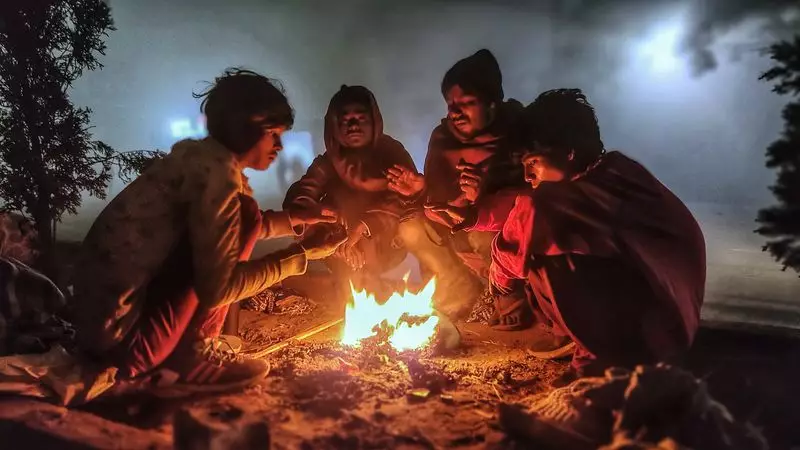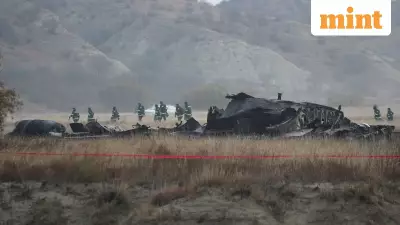
Delhi residents woke up to an unusually chilly morning on Thursday as the national capital recorded its coldest November day in three years. The mercury dipped to a bone-chilling 9 degrees Celsius, marking the lowest temperature the city has experienced this season and creating conditions reminiscent of peak winter.
Temperature Plunge Breaks Recent Records
The Safdarjung Observatory, which serves as Delhi's primary weather station, registered 9 degrees Celsius on Thursday morning. This reading represents the lowest minimum temperature recorded in November since 2019, when the city had experienced similar cold conditions. The sudden drop caught many residents by surprise, given that November typically marks the transition period toward winter rather than the intense cold usually associated with December and January.
Meteorological data reveals that this temperature reading is significantly below normal for this time of year. The minimum temperature settled three notches below the season's average, indicating an early and sharp onset of winter conditions. Weather experts noted that similar temperatures hadn't been recorded in November for exactly three years, making this a notable meteorological event.
Visibility Issues and Travel Disruptions
The cold wave brought additional challenges in the form of reduced visibility. Dense fog enveloped parts of the city during the early morning hours, particularly affecting transportation networks. The India Meteorological Department (IMD) reported that visibility dropped to approximately 500 meters in several areas, creating hazardous conditions for commuters and travelers.
Flight operations at Delhi's Indira Gandhi International Airport experienced minor disruptions due to the foggy conditions. Several early morning flights faced delays as airport authorities implemented standard low-visibility protocols. Railway services also reported some schedule adjustments, though major disruptions were largely avoided through precautionary measures taken by transportation authorities.
Weather Patterns and Future Projections
According to IMD officials, the sharp temperature drop resulted from specific atmospheric conditions. The arrival of cold, dry northwesterly winds combined with clear skies created ideal circumstances for rapid nighttime cooling. These conditions allowed heat to escape quickly from the surface, leading to the significant temperature plunge.
The weather department has predicted that while cold conditions will persist, temperatures may see a gradual increase over the coming days. However, they cautioned that mornings will likely remain chilly, with minimum temperatures expected to hover close to current levels before moderating slightly. The IMD forecast suggests that Delhiites should prepare for continued cold weather, though the extreme lows might not sustain through the entire week.
Weather scientists have been monitoring these patterns closely, as early winter onset can have implications for the entire season's temperature profile. The current conditions align with broader weather patterns affecting northern India, where several regions have reported below-normal temperatures for this time of year.
Public Response and Adaptation
The unexpected cold snap prompted Delhi residents to dig out their winter clothing earlier than usual. Markets saw increased demand for woolens, heaters, and other winter essentials as people adapted to the sudden change. Morning walkers and outdoor exercisers adjusted their routines, with many opting for later start times to avoid the peak cold hours.
Health experts advised vulnerable populations, including the elderly and children, to take extra precautions. The rapid temperature change can increase health risks, particularly for those with respiratory conditions. Doctors recommended layered clothing and adequate protection when venturing out during early mornings and late evenings.
As Delhi navigates this early winter phase, all eyes remain on the weather department's updates. The temperature of 9 degrees Celsius serves as a strong indicator that winter has arrived in the national capital, and residents should prepare for potentially colder days ahead as the season progresses toward December and January, traditionally the coldest months in northern India.





